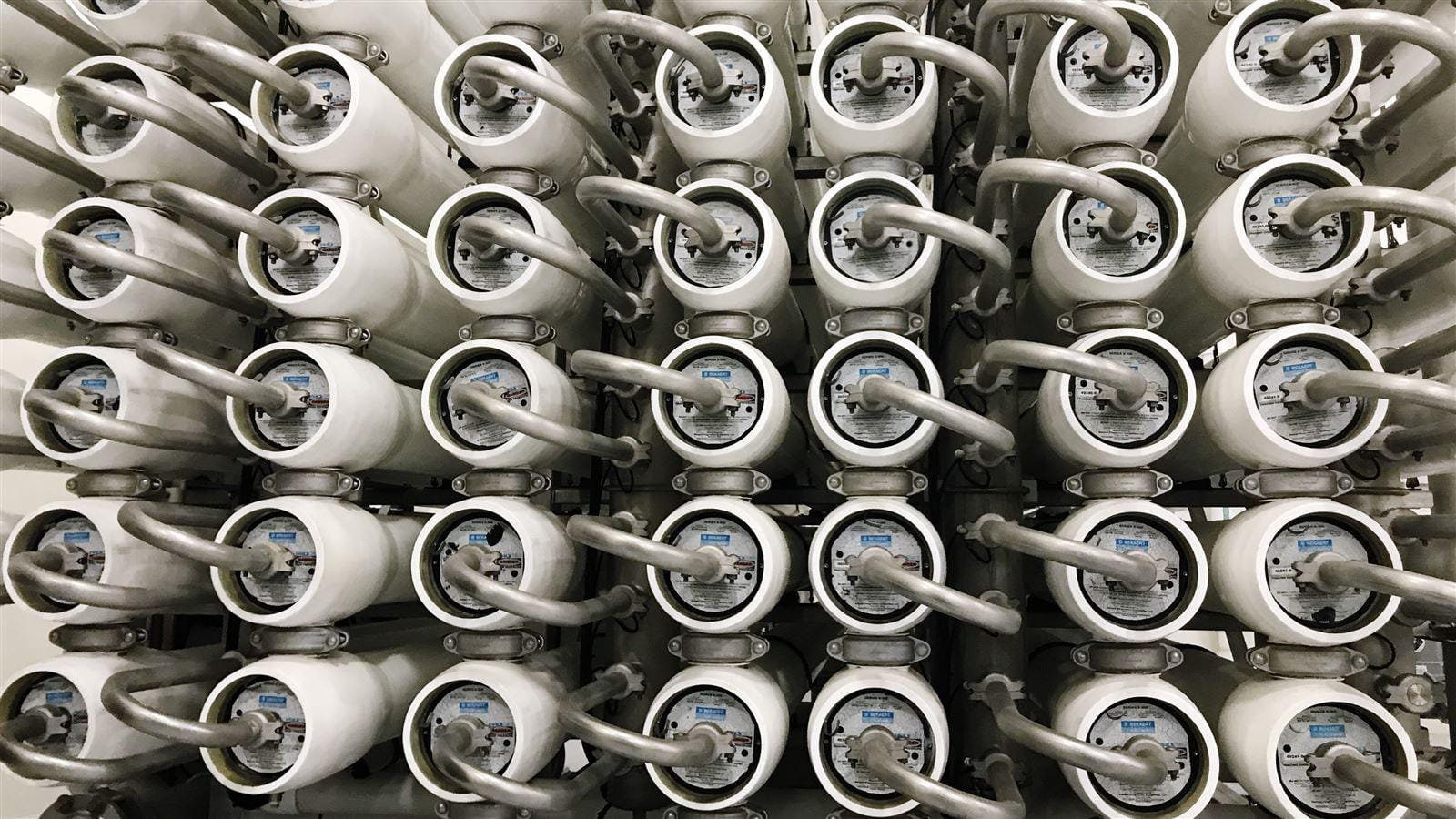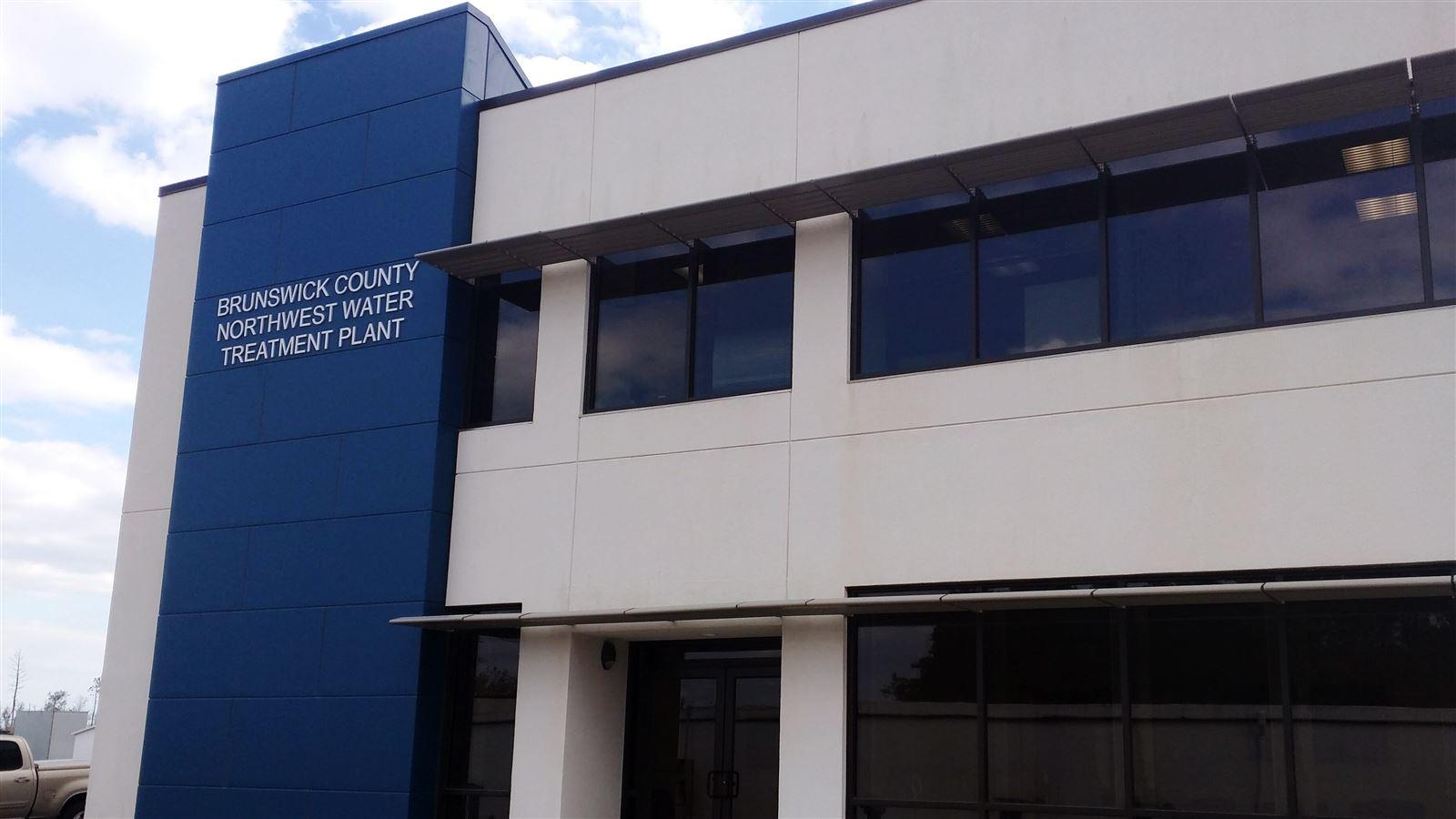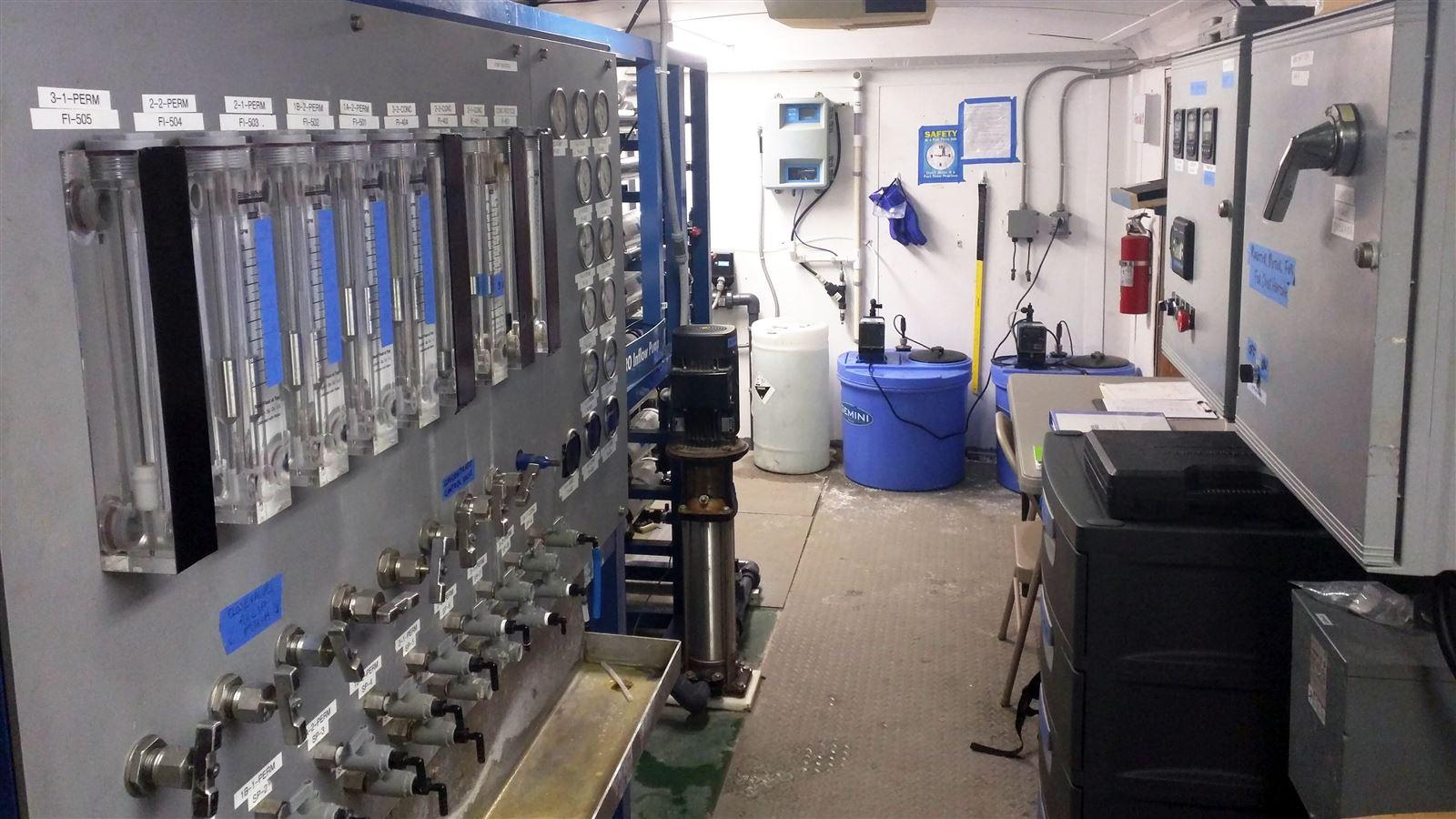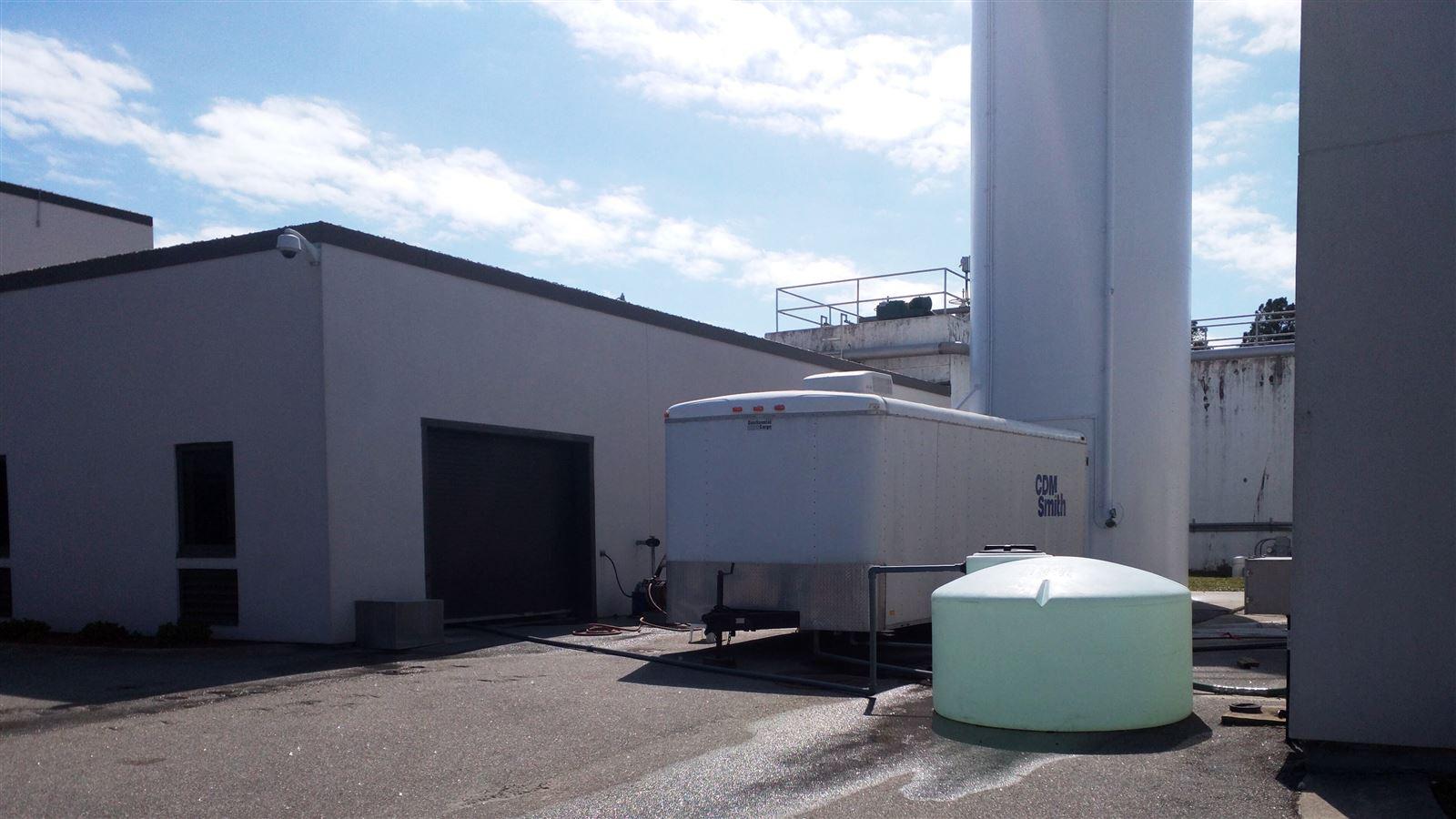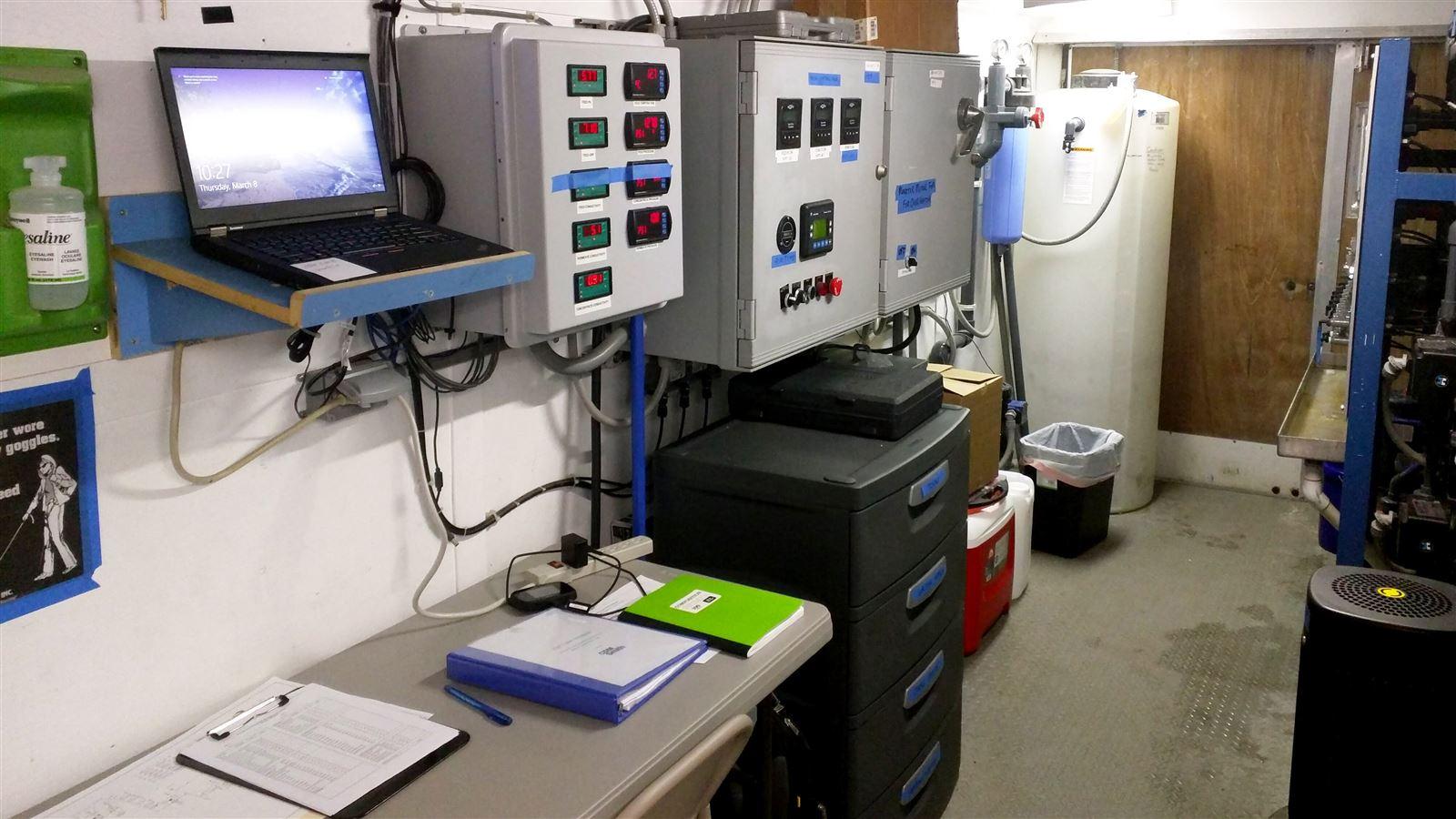Brunswick County Moves Swiftly to Treat PFAS Compounds
The Cape Fear River basin of North Carolina has a large and thriving industrial sector. One of four rivers contained entirely within the state's borders, the Cape Fear traverses several important North Carolina locales, including Greensboro, High Point, Burlington, Durham, Fayetteville and ultimately Brunswick County and the Port of Wilmington. A population boom in and around Wilmington combined with a strong network of highway and rail infrastructure has attracted manufacturers to locations along the basin, driving growth and prosperity. Unfortunately, that industrial activity has also been linked to chemicals and byproducts that have made their way to the Cape Fear River.
In 2016, researchers conducted a river survey that showed high concentrations of perfluoro-2-propoxypropanoic acid, known by its trade name GenX, in the Cape Fear River. This compound, regularly used in a variety of household products to enhance water and stain resistance, was originally designed as a replacement for perfluorooctanoic acid (PFOA). Now, it has become a contaminant of concern itself. Environmental scientists tracked the GenX back to a chemical plant about 50 miles upriver from Brunswick County's Public Utilities Northwest Water Treatment Plant, which serves as one of the last opportunities to treat the river's freshwater for public consumption before it empties into the Atlantic.
We needed to take action on behalf of our customers and fellow citizens to protect public health.
The Discovery
For John Nichols, director of public utilities for Brunswick County, the news of PFAS contamination in the river came as a surprise. “We went from basically having no water quality issues to having a significant problem,” he said. “While the state reacted to the emergency by providing research funding, testing and pilot studies, none of this was going to solve Brunswick County’s problem in a timely manner. We needed to take action on behalf of our customers and fellow citizens to protect public health.”
Given the potential human health risks of PFAS and related compounds like GenX, the North Carolina Department of Environmental Quality established a statewide provisional health goal for GenX of 140 ng/L in 2017. The challenge for Brunswick County Public Utilities was to address GenX, consider the potential of future contamination and regulation, communicate effectively with regulators and the public, and to do it all in the most fiscally responsible and expedient manner for the fastest-growing county in North Carolina.
“We had to communicate forthrightly with our customers that we were working to defend their water quality and were up against a big challenge,” said Nichols. “They appreciated the honesty and transparency.”
Inherent to this challenge was the fact that many PFAS were just emerging as threats to water quality in 2017. “You couldn’t just pull open a textbook on ‘how to treat PFAS,’ so we had to think creatively,” Nichols said. “We looked at water reuse principles as a guide and started thinking about advanced water treatment and membranes, along with an array of other options.”
And with regulations evolving, it was unclear as to what PFAS levels the plant would ultimately need to reach—and what other emerging contaminants might present concerns in the future. To tackle this task, Brunswick County retained CDM Smith as an engineering partner to perform a treatment evaluation and an advanced treatment pilot study.
The Search for a Solution
CDM Smith senior vice president and drinking water discipline leader Bill Dowbiggin PE, PMP, BCEE helped lead the team that studied an array of technologies at the desktop level, including granular activated carbon (GAC), ion-exchange resin (IX), low-pressure reverse osmosis (LPRO), ozone/biofiltration and ultraviolet advanced oxidation (UV-AOP).
At the time, LPRO hadn’t been seriously considered as a treatment option for PFAS in many cases, due to perceptions of high costs. However, Dowbiggin’s extensive experience with membranes led him to believe that LPRO should be evaluated along with other possible treatment technology options due to its ability to achieve high removal rates of a wide range of contaminants.
The desktop study did indeed reveal that GAC and IX would struggle to remove some contaminants of concern found in the Cape Fear River, such as a 1,4-dioxane, despite their effectiveness against many PFAS. Additionally, neither ozone with biofiltration nor UV-AOP were found to be effective for PFAS removal.
Piloting LPRO
Proving LPRO’s Effectiveness
It seemed that LRPO might be the most effective technology for Brunswick County’s needs. Following the desktop analysis, Brunswick County partnered with a nearby utility and the State to pilot-test conventional GAC and IX treatment on the Cape Fear River source water. At the same time, the county funded a 2nd pilot study to test LPRO for removal of GenX and other PFAS compounds. CDM Smith rapidly shipped an LPRO pilot system from California to Brunswick County and modified the trailer-mounted pilot unit to match the treatment needs of this project. The pilot ran for 1 year and 3 months, and during that time the team tested four brands of membrane elements to gain as much data on LPRO performance as possible. Pilot testing indicated that the LPRO system had removed PFAS compounds to below detectable limits in almost all cases. PFOS & PFOA, the most common PFAS compounds, were removed to non-detect limits in all conditions tested.
Bringing together the desktop study and the two pilot tests, a comprehensive analysis demonstrated that not only was LPRO a superior technology for removal of all contaminants of concern; it would also cost less. Due to the more expensive media change-outs for a technology like GAC when faced with the Cape Fear River source water, the LPRO system would actually be about 20% less expensive to operate over a 25-year time horizon to meet the county’s treatment goals.
Brunswick County Breaks Ground
As it happened, prior to the GenX discovery, the County had already planned on expanding the Northwest WTP to support rapid growth and increasing water demand in the region. This allowed Brunswick County to merge the LPRO upgrade and the plant expansion into a single project, expanding conventional treatment from 24 to 48 mgd. The LPRO system is sized currently to treat up to 41.2 mgd of permeate, and when needed can be expanded to 48 mgd.
The project was awarded to the low-bid general contractor for $122.6 million for the expansion and improvements, and $6.6 million for the concentrate pipeline and outfall. The estimated annual operating cost is $3.1 million for the LPRO system. Construction began in June 2020, with completion anticipated at the end of 2023.
The LPRO system is backed by a full one-year warranty and a prorated three-year warranty on the membranes for performance requirements addressing permeate quality, permeate recovery and maximum feed pressure. “To my knowledge, this is one of the first projects that required membrane providers to guarantee removal of PFAS compounds. To me, that’s a big deal,” said Jonathan Treadway, PE, PMP, BCEE, a CDM Smith principal and senior environmental engineer among the leaders of CDM Smith’s project team.
The LPRO concentrate will be discharged under a new National Pollutant Discharge Elimination System (NPDES) permit via a pressure pipeline to the Cape Fear River several miles away, downstream of any drinking water intake structures. Extensive water dilution modeling and toxicity testing was completed in accordance with NCDEQ requirements to obtain the NPDES permit.
“CDM Smith is proud to be the County’s trusted partner in tackling this challenge,” said Reed Barton, client service leader. “This is a nationally significant project—when completed the Northwest WTP will have the largest LPRO system on the East Coast, third largest in the U.S., and the first surface water treatment facility in the country to use LPRO for post- filtration advanced treatment to remove PFAS.” As such, this project has influenced the water industry, widening the practical future use of membranes to treat emerging contaminants and to make drinking water as safe as possible.
With the Northwest WTP expansion moving along, Brunswick County Utilities director John Nichols has found that sharing the County’s experience with peers and regulators is critical to expanding the industries knowledge base for response to these emerging contaminants. “Traditionally, EPA SRF funding is only available to deal with regulated contaminants, but utilities can’t wait 5-10 years for PFAS regulations to come out before they take action. Funding for unregulated contamination projects is vital to help communities around the country deal with this challenge.”
As construction progresses, County Utilities staff eagerly await the day when they can announce to their water customers that the LPRO system is completed and in use—and that PFAS is being removed to virtually undetectable limits from the drinking water.

This project represents a state-of-the-art solution to treat PFAS and provides a barrier technology for future unregulated contaminants.


